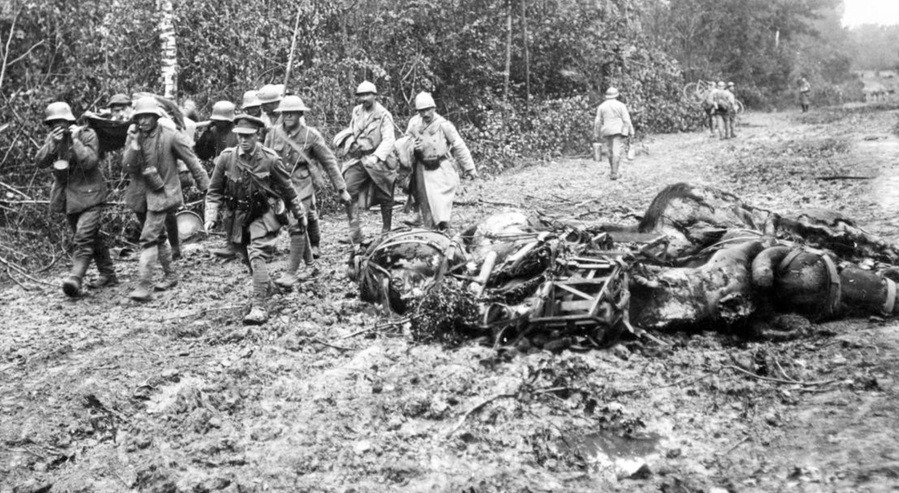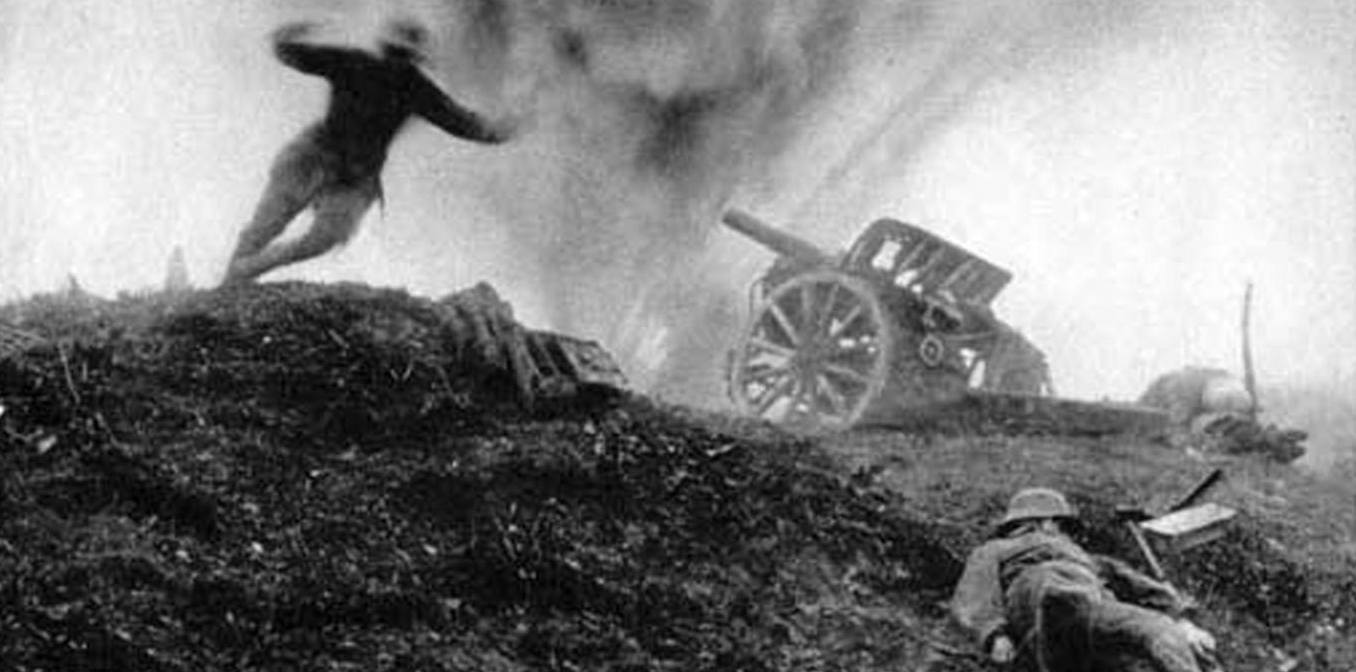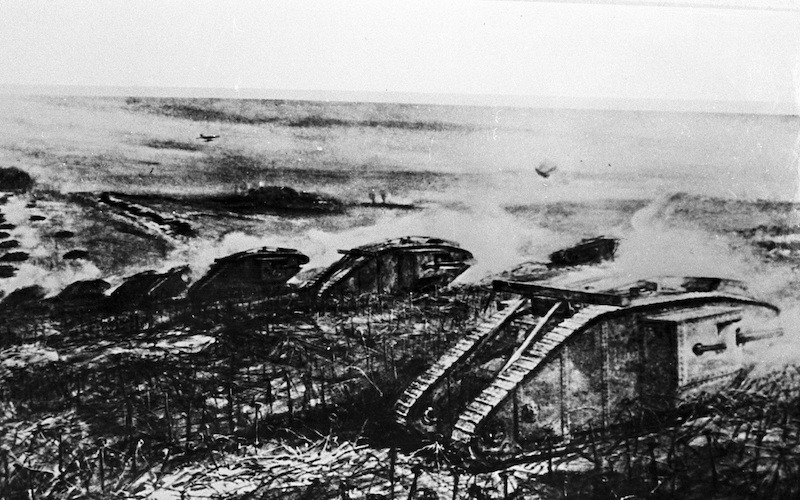
Second Battle of the Marne
Germany's last major offensive of the war
15 July - 6 August 1918
The Second Battle of the Marne, also known as the Battle of Reims, was the last major German offensive on the Western Front of World War One. The offensive was stalled by a combined French and American counterattack. The Entente forces, who had several hundred tanks at their disposal, overwhelmed the Germans on their right flank, inflicting heavy casualties. The German defeat marked the beginning of the relentless 100 Days Offensive, initiated by the Entente forces, that ended the war.

1 of 2
A strictly defensive strategy would have been the wisest course for Germany to follow by early July. However, its military leaders still hoped to persuade the Entente to seek a peace settlement on terms favorable to Germany. With this object in view, the Germans decided to embark upon another offensive.

2 of 2
Three days later, the French and Americans delivered a major counterstroke, which had been prepared by General Charles Mangin. Mangin's units assailed the western face of the German salient between the Aisne and the Marne. The surprise counter-offensive was spearheaded by the two US divisions and supported by 225 tanks, a large proportion of which were new Renault light tanks. Within 48 hours the French Tenth Army pushed forward approximately six miles.
General Erich Ludendorff was caught in a cleft stick after the Spring offensive failed to defeat the Entente. He decided to launch his Friedensturm – Peace Offensive – with an all-out attack on the French and the Americans with the Seventh, First and Third Armies from Servon to Château-Thierry in what would become known as the Second Battle of the Marne. Once the French were defeated, Ludendorff resolved to turn for the final decisive battle with the British in Flanders. But the French easily detected the precursors of this huge offensive and were ready and waiting: the German methodology was now fully understood.

1 of 1
The defeat of the British Expeditionary Force in Flanders remained his overriding objective but Ludendorff was aware of Entente
strength there and chose instead to make a further attempt to lure enemy reserves to a different sector. To this end the Germans struck either side of Reims.

Battle of Cambrai
During the Battle of Cambrai the British forces attacked German positions with a large number of tanks. After the initial attack a German counter attack soon followed. By the end gains and losses on both sides were largely equal to one another.

Spring Offensive
During the Spring offensive the German Army attempted to defeat the French and British armies before large scale American mobilization would alter the balance of the front. Although the offensive saw the Germans made the largest territorial advances since 1914, on both sides of the conflict, they could not force a decisive defeat on the Anglo-French forces.
- Peter Hart, The Great War: A Combat History of the First World War, Oxford University Press, Oxford, 2013
- Peter Simkins, Geoffrey Jukes, Michael Hickey, Hew Strachan, The First World War: The War to End All Wars, Osprey Publishing. Oxford, 2003
- John Keegan, The First World War, Random House UK Limited, London, 1998
- Hew Strachan, The First World War, Penguin Books, London, 2003





